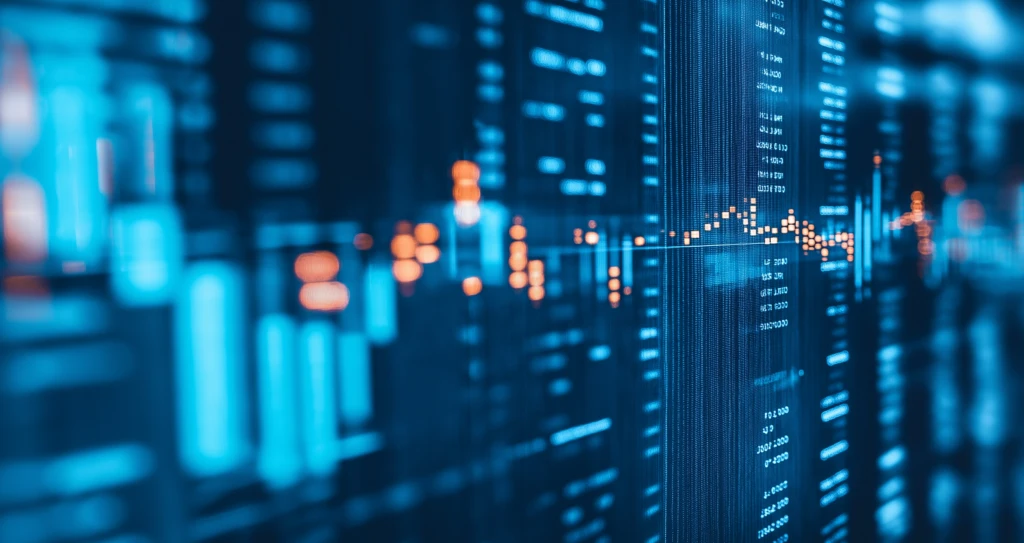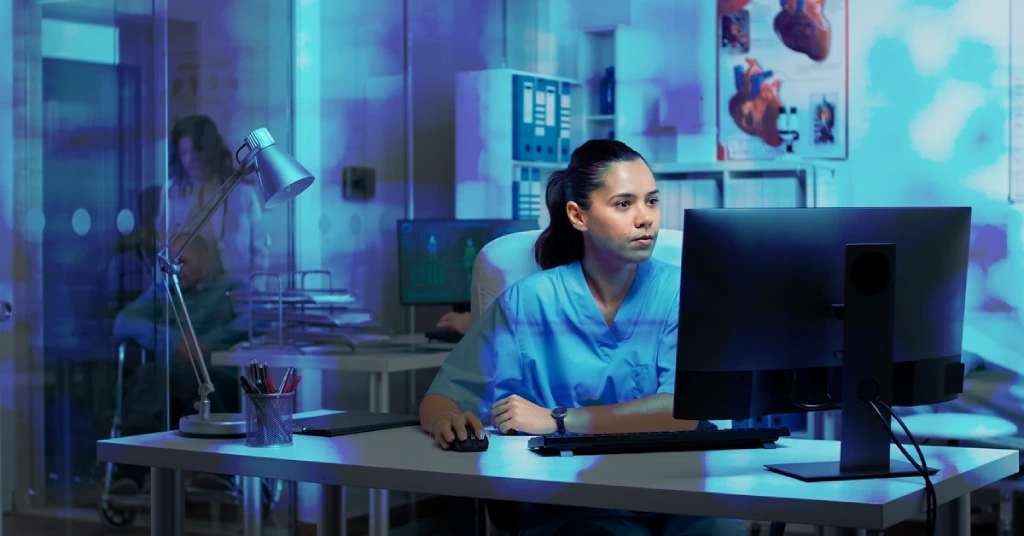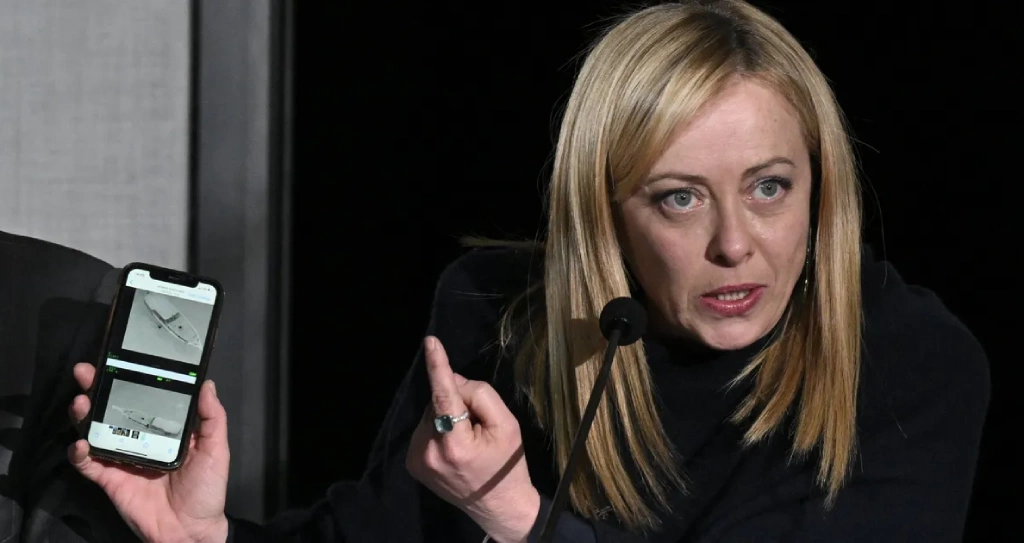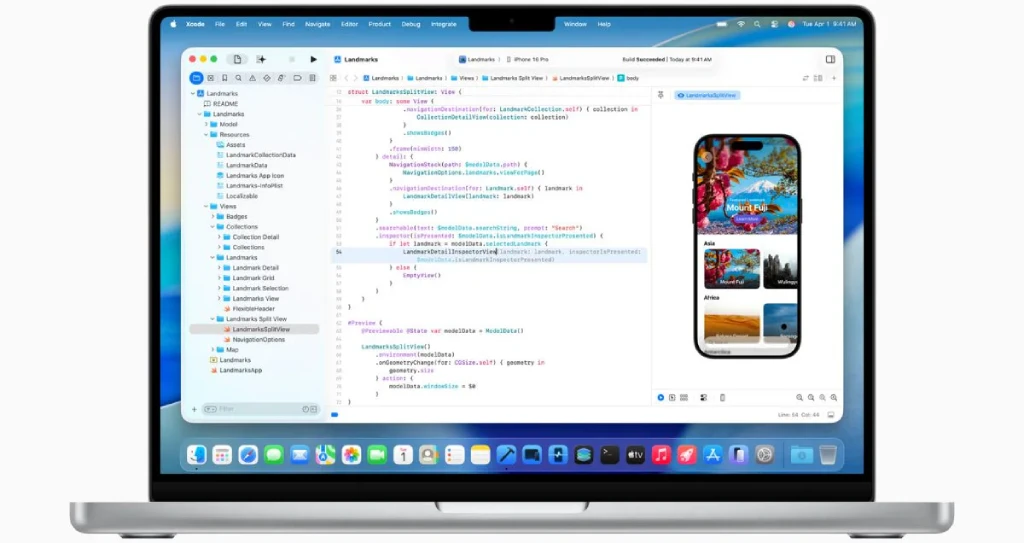Ten years after CEO Elon Musk started making — and breaking — numerous promises regarding his company’s ability to operate such a service, Tesla has begun offering rides in driverless Model Y SUVs in Austin. Musk’s opinion that it is feasible to safely deploy completely autonomous vehicles utilizing only cameras and end-to-end AI will be put to the test for the first time with this rollout, which is different from other companies in the market like Waymo. The rides are finally coming, for a flat cost of $4.20 per ride, which Musk has been hinting at for months, according to a number of films posted on social media and city sources on Sunday. In the last week, Tesla invited verified clients to early access, and on Sunday, they were able to download and utilize the new robotaxi app to hail rides. The number of recipients of this invitation is unknown. However, posts on Musk’s social networking site X reveal that a large number of them were sent to the most vocal online supporters of Tesla. The invitations validate that the service would run daily from 6:00 a.m. to 12:00 a.m., but “may be limited or unavailable in the event of adverse weather,” as stated in a new robotaxi information page posted on Tesla’s website on June 22. Notably, a Tesla employee will serve as a “safety monitor” by occupying the right front passenger seat. The robotaxi information page also covers general rider guidelines, how to report a missing item, and how to download the app. The type of details that Waymo, the Alphabet-owned AV business that runs commercial robotaxis in Phoenix, Los Angeles, San Francisco, and Austin, has traditionally offered are nonetheless glossed over. Musk said the robotaxi service will start out small. About ten 2025 Model Y SUVs will make up the initial fleet, which will operate in a specific region of South Austin. Ed Niedermeyer, author of “Ludicrous, The Unvarnished Story of Tesla Motors,” who is in Austin to see the robotaxi launch, has firsthand knowledge of the situation. (Niedermeyer and Kirsten Korosec, editor of TechCrunch, co-host The Autonocast.) Near Oltorf Street in South Austin, Neidermeyer discovered what looks to be a Tesla robotaxi depot—a plain parking area with a few trees. He saw a number of autonomous Model Ys coming and going from the parking lot the day before the launch, all of which had an employee behind the wheel. There were also clusters of additional Tesla Model Y cars parked there, the majority of which had manufacturer plates. He saw the branded Tesla Model Y robotaxis leaving the holding area this morning, this time with the worker in the front passenger seat. It had not yet picked up a rider when he saw one of the branded robotaxis abruptly apply the brakes twice, one in the center of an intersection. The reason behind the vehicle’s behavior is unknown.










